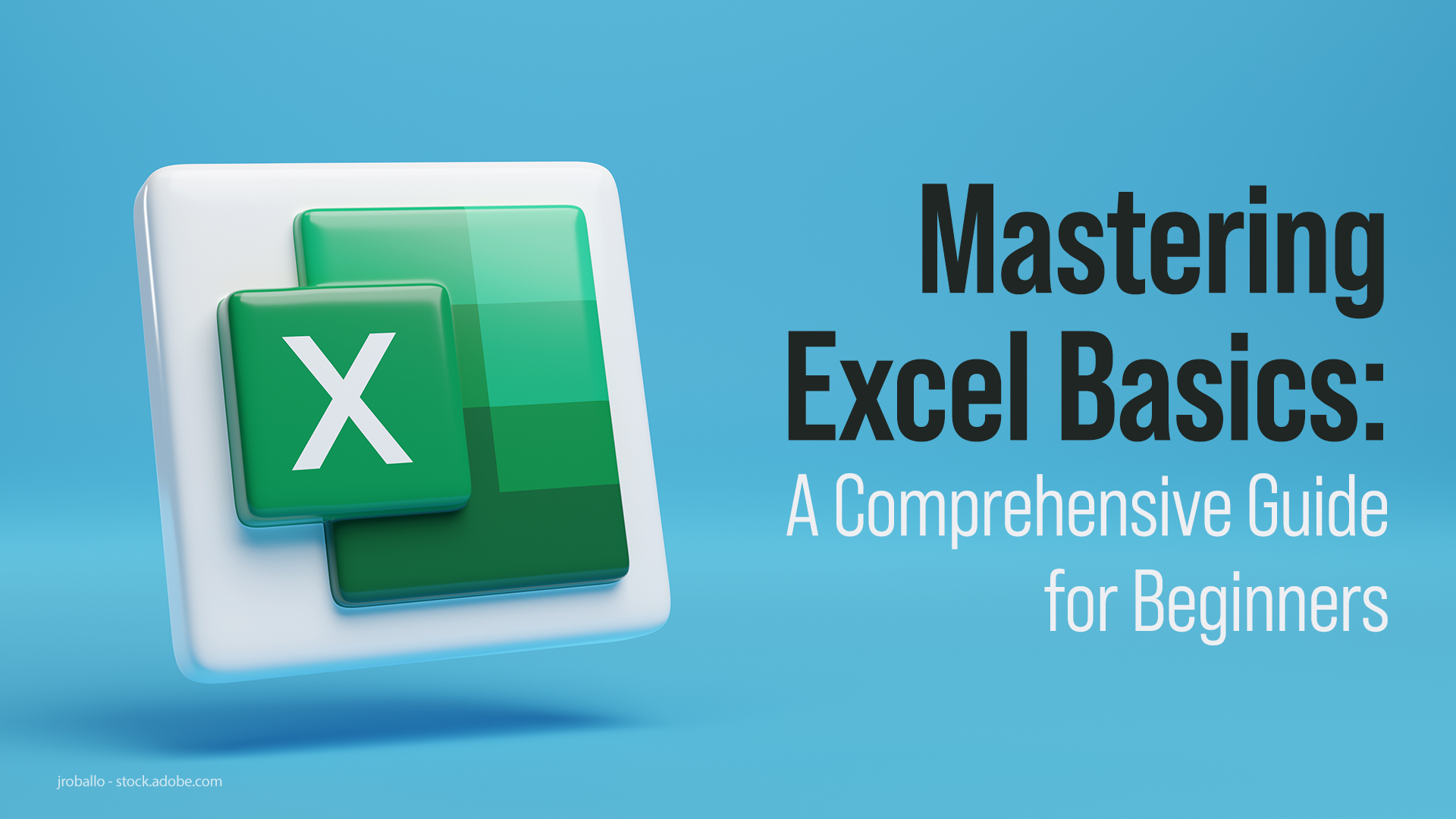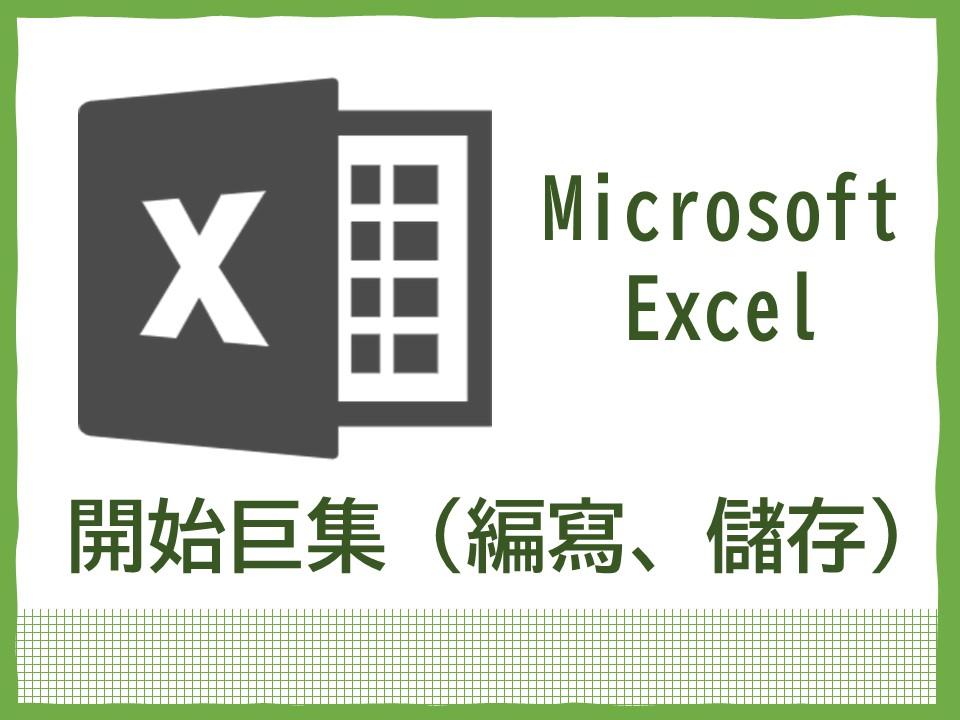Mastering Excel Data Entry: Quick Tips for Efficiency

Importance of Efficient Data Entry

Data entry is a fundamental task in numerous industries, from finance and healthcare to education and beyond. With businesses increasingly relying on data-driven decision-making, the ability to enter data efficiently can significantly boost productivity. Efficient data entry not only saves time but also reduces the likelihood of errors, which can have substantial impacts on analysis accuracy and decision quality.
Quick Tips for Mastering Excel Data Entry

Here are several strategies to enhance your Excel data entry skills:
1. Use Shortcuts

Excel offers a wide array of keyboard shortcuts designed to speed up data entry:
- Ctrl + ; - Inserts the current date.
- Ctrl + Shift + :; - Inserts the current time.
- Ctrl + D - Fills the cell beneath with the content of the selected cell.
- Ctrl + R - Fills the cell to the right with the content of the selected cell.
- Alt + Enter - Adds a new line in the same cell for better formatting.
📌 Note: Mastering these shortcuts will help you work more efficiently, reducing the reliance on mouse navigation.
2. AutoFill and Flash Fill Features

Excel’s AutoFill and Flash Fill are powerful tools for automating repetitive entries:
- AutoFill: Drag the fill handle across or down to fill cells with sequential data (like dates, numbers, or patterns).
- Flash Fill: Introduced in Excel 2013, this feature recognizes patterns in your data and automatically fills in values when you start typing.
3. Utilize Data Validation

Implementing data validation rules ensures that only the correct type of data is entered into your worksheet:
- Go to Data > Data Validation to set rules like numeric constraints, date ranges, or dropdown lists for consistent data entry.
4. Create Named Ranges

Using named ranges can simplify the process of entering and referencing data:
- Name a range of cells and then use that name in formulas, making your worksheet easier to understand and maintain.
📌 Note: Named ranges are particularly useful when sharing spreadsheets with colleagues who might not be familiar with your data structure.
5. Optimize Data Entry Forms

Excel forms can streamline the data entry process:
- Use the Form feature (available through VBA or Excel Add-ins) to create a user-friendly interface for entering data.
6. Use Tables for Better Organization

Formatting your data as a table can automatically extend formulas, improve readability, and simplify data management:
- Convert your range to a table by selecting your data and pressing Ctrl + T.
- Enjoy benefits like automatic filtering, sorting, and the ability to quickly add new rows or columns with consistent formatting.
7. Leverage Macros

Macros automate repetitive tasks:
- Create or use pre-recorded macros to perform complex or multi-step operations with a single keystroke or click.
Additional Efficiency Hacks

Beyond the foundational tips, here are additional tricks:
8. Error Checking

Excel’s error checking feature helps identify common mistakes:
- Go to Formulas > Error Checking to scan for formula errors or use Trace Dependents and Trace Precedents for troubleshooting.
9. Data Import Tools

For bulk data entry:
- Use Excel’s Get & Transform (Power Query) to import, clean, and structure data from various sources.
10. Keyboard Navigation

Enhance data entry speed by limiting mouse usage:
- Tab and Shift + Tab to move between cells.
- Enter and Shift + Enter to move down or up.
- Ctrl + Arrow keys to jump to the edges of your data.
As you've explored these strategies, it's clear that mastering Excel data entry involves more than just typing. It's about understanding Excel's features to work smarter, not harder. These techniques not only speed up the process but also minimize errors, ensuring data integrity. By incorporating these methods into your daily routine, you can transform your workflow, making data entry a seamless part of your analytical process. Remember, efficiency in Excel is an ongoing journey; keep learning, practicing, and refining your techniques for optimal productivity.
What are the best shortcuts for Excel data entry?
+Some of the most useful shortcuts include Ctrl + ; for inserting the current date, Ctrl + Shift + : for the current time, Ctrl + D and Ctrl + R for filling cells, and Alt + Enter for adding a new line within a cell.
How can Flash Fill help with data entry?
+Flash Fill can recognize patterns in your data entry and automatically fill in the rest, making it ideal for tasks like extracting information from text or reformatting data.
Are macros useful for everyday data entry?
+Yes, macros can automate repetitive tasks, saving time and reducing the chance of errors during data entry.